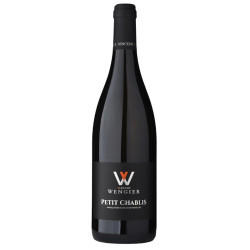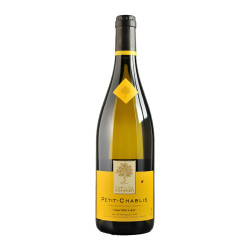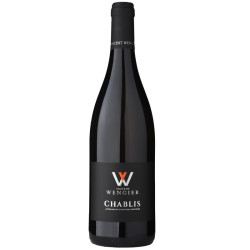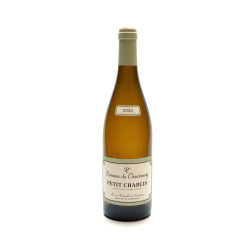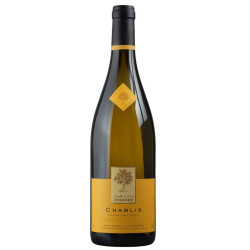Free delivery on purchases of €150 or more per winegrower in France and €250 in Europe (excluding United Kingdom)
Free delivery on purchases of €150 or more per winegrower in France and €250 in Europe (excluding United Kingdom)
-
- Great Offer
-
Our wines
-
-
By colors
-
All the wines
-
-
-
All Regions
-
-
-
-
Our organic & natural wines
-
-
Our Champagnes & Spirits
-
-
All Champagnes
-
-
Spirits
-
All the spirits
-
-
-
Our winemakers
-
-
-
winemakers
-
-
-
Our advice
-
-
Find your wine
-
-
-
- Our commitment !
-
- Great Offer
-
Our wines
-
-
By colors
-
All the wines
-
-
-
All Regions
-
-
-
-
Our organic & natural wines
-
-
Our Champagnes & Spirits
-
-
All Champagnes
-
-
Spirits
-
All the spirits
-
-
-
Our winemakers
-
-
-
winemakers
-
-
-
Our advice
-
-
Find your wine
-
-
-
- Our commitment !
Unbeatable !
WHAT DO YOU NEED TO KNOW ABOUT CHABLIS WINES?

The Renowned Wines of Chardonnay: A Detailed Look at Chablis
An AOC with Four Distinct Appellations
The Chablis vineyard is located near the town of the same name and is divided into four appellations, each distinguished by the geographical location of the vines and specific production standards. The first major classification is between Chablis, which refers to wines from historic parcels, and Petit Chablis, a more recent appellation for surrounding parcels.
PETIT CHABLIS
The AOC Petit Chablis includes wines from Chablis made from vines grown on the upper slopes or the edges of the plateaus. These are located on the outskirts of the Chablis vineyard and benefit from varied exposures, relatively high altitudes (230 to 280 meters), and predominantly limestone soil.
These wines are generally enjoyed young. They feature the traditional flint aroma but emphasize the varietal notes: aromas of white flowers and citrus fruits.
CHABLIS
Although the AOC Chablis is named after the village of Chablis, it actually extends along the "Serein" river, which flows through numerous communes—20 in total.
These vineyards have a lower altitude compared to Petit Chablis and, most importantly, a unique geology. The Chablis soil is composed of limestone and marls with Exogyra virgula, a tiny oyster fossil found under the Chablis vines.
A remnant of the Upper Jurassic, this ancient oceanic soil is the source of the distinctive mineral aromas in Chablis wines, including the flint and gunflint notes.
CHABLIS PREMIER CRU AND CHABLIS GRAND CRU
The second classification differentiates the Premier Crus and Grand Crus of the AOC Chablis. In Burgundy, the Chablis region is divided into climats, which produce exceptional wines highlighted by these high-end AOCs:
In the Chablis Premier Cru appellation, there are about 40 Climats.
In the Chablis Grand Cru appellation, there are 7 climats: Blanchot, Bougros, Les Clos, Grenouilles, Preuses, Valmur, and Vaudésir.
Naturally, these appellation levels correspond to higher standards and different aging potentials. Generally, a Petit Chablis—or a Chablis—will be intended for early consumption, highlighting freshness. Conversely, Premier and Grand Crus are suited for longer aging.
The Unique Geographic Characteristics of This AOC
The Chablis region is unique in several ways. Its two most significant features are:
Its Climate
Chablis is one of the coolest regions where Chardonnay thrives. Here, the grapes reach optimal ripeness and develop unique, green, and tangy aromas of lemon, green apple, linden, mint, and acacia.
Its Soil
Originating from the Kimmeridgian period of the Upper Jurassic, when the region was under the ocean, it consists of many fossilized oysters and imparts a highly mineral profile to Chablis wines: the famous gunflint and flint aromas.
Food and Wine Pairing Suggestions with Chablis Wines
Chablis wines, with their ancient oceanic terroir, are perfect for pairing with oceanic fare. They are highly reputed for pairing with oysters, scallops, fish, or all kinds of seafood.
Their aromatic profile and acidity also pair very well with spicy Asian cuisines, which benefit from the strong acidity of this white wine to balance their powerful flavors.
Finally, many cheeses make an excellent accompaniment to Chablis wines: dry goat cheese, Beaufort, Comté, Chaource, and more.
Our nuggets
Related articles
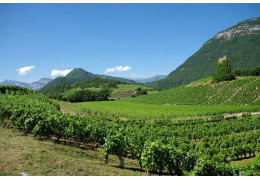
WHAT DO YOU NEED TO KNOW ABOUT SAVOIE WINES?
Everything you need to know about Savoie wines: their characteristics, grape...
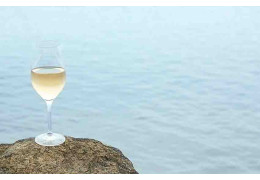
WHAT IS A MINERAL WINE?
Minerality is a relatively recent term in the vocabulary of wine, and a rath...
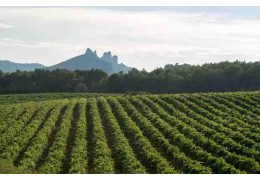
EVERYTHING YOU NEED TO KNOW ABOUT GIGONDAS AOC
What is Gigondas? Situated at the foot of the Dentelles de Montmirail mas...
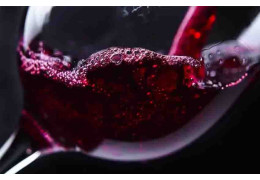
WHAT IS TANNIN ?
But what exactly is tannin? Where does tannin come from in wine, and how can...
